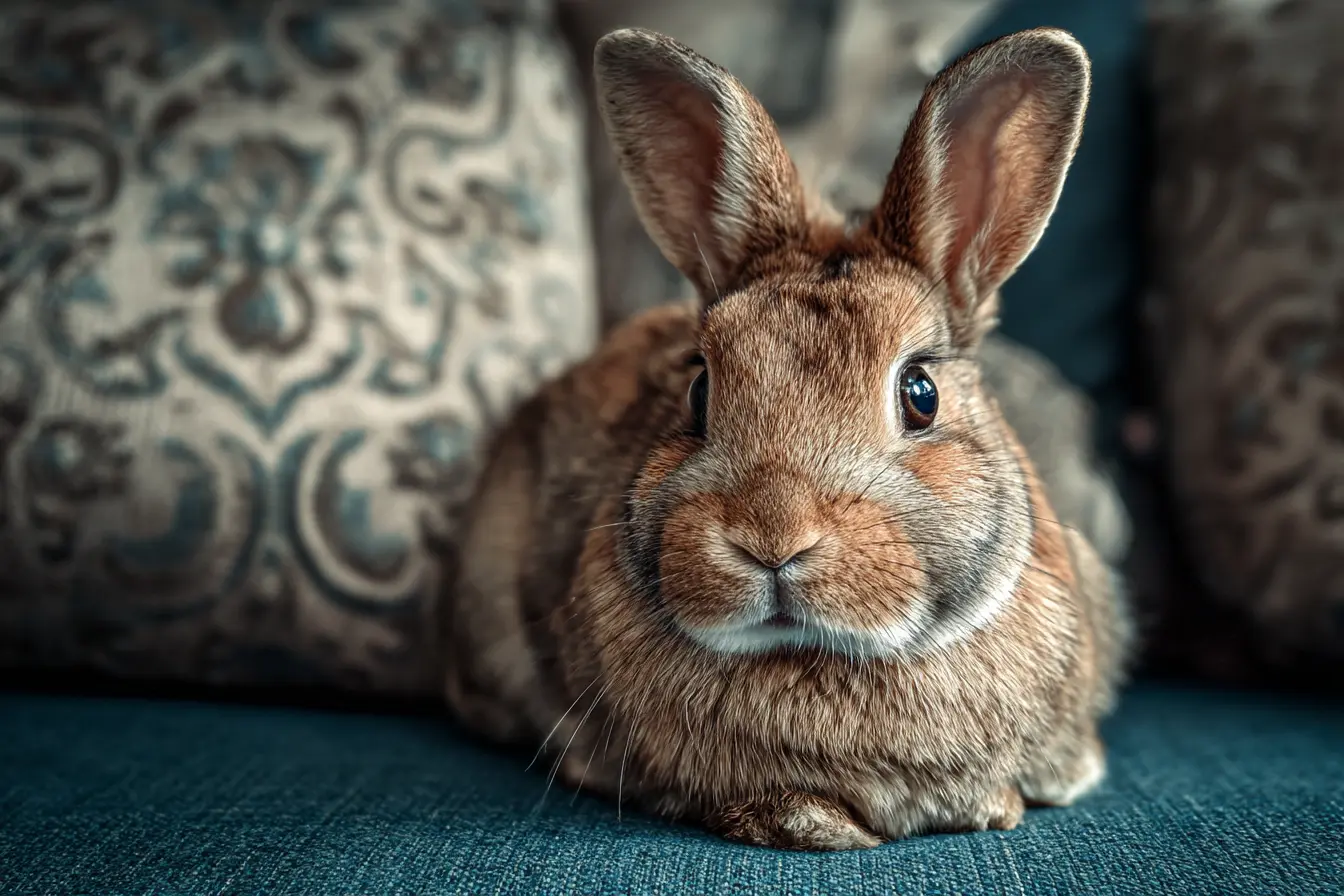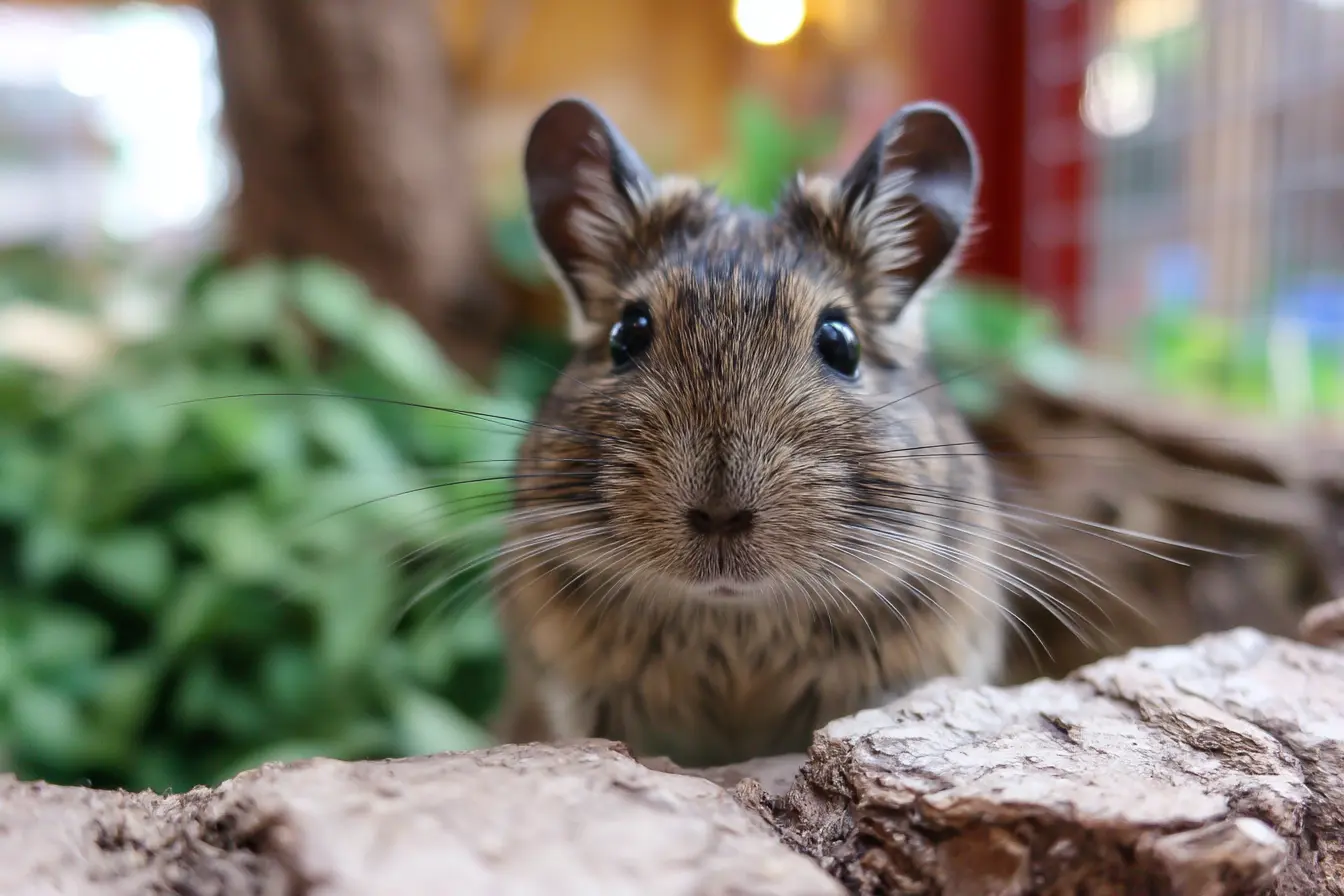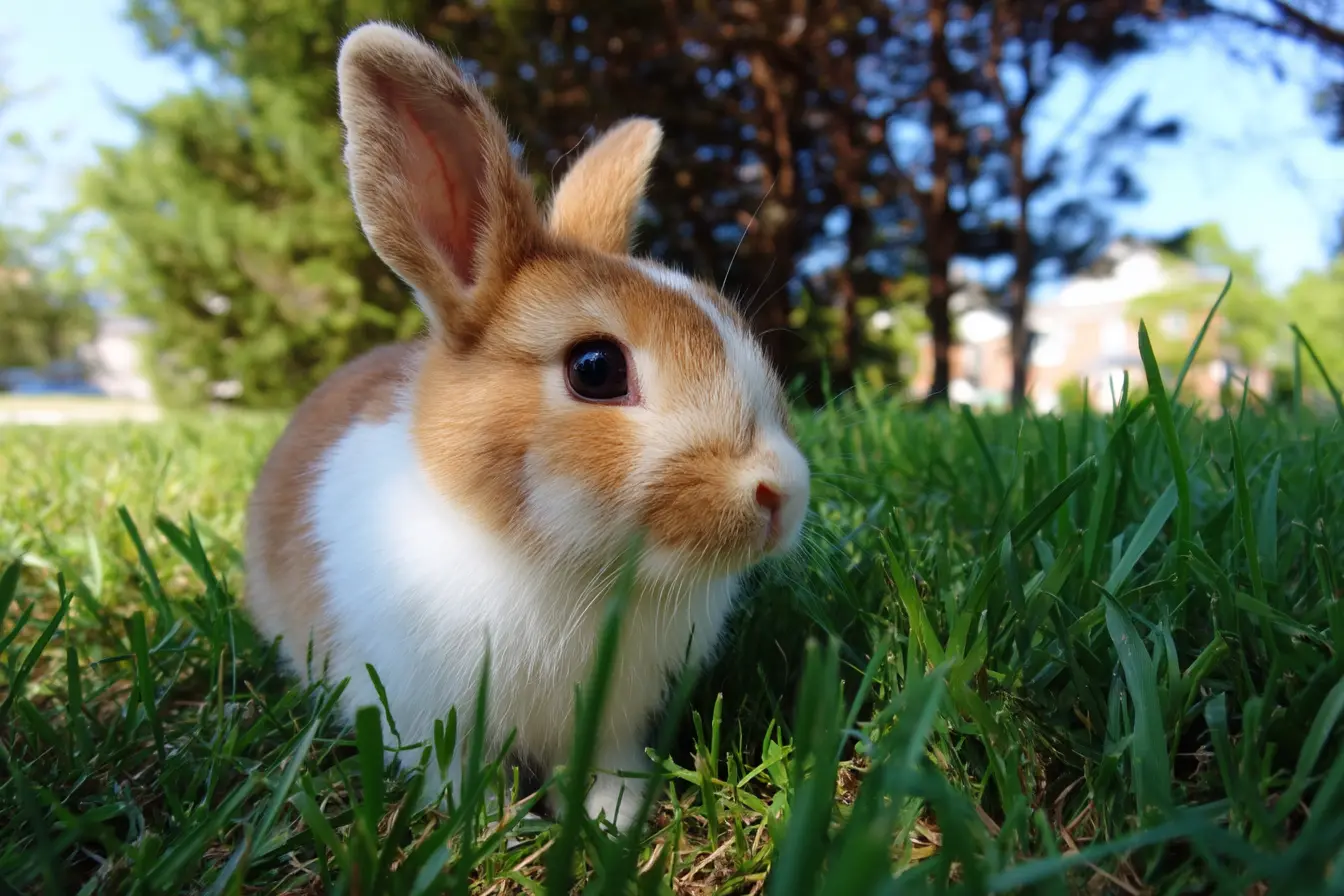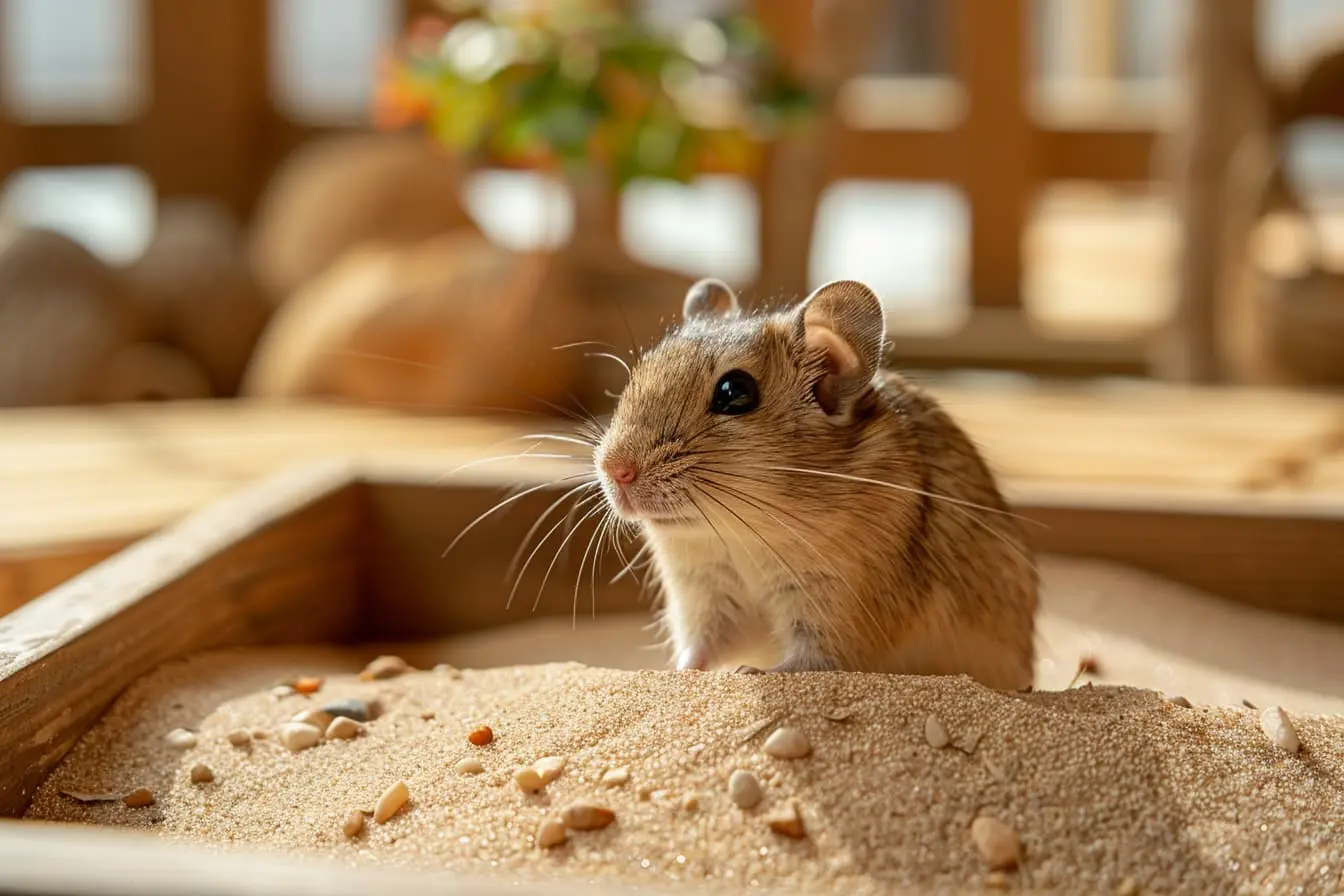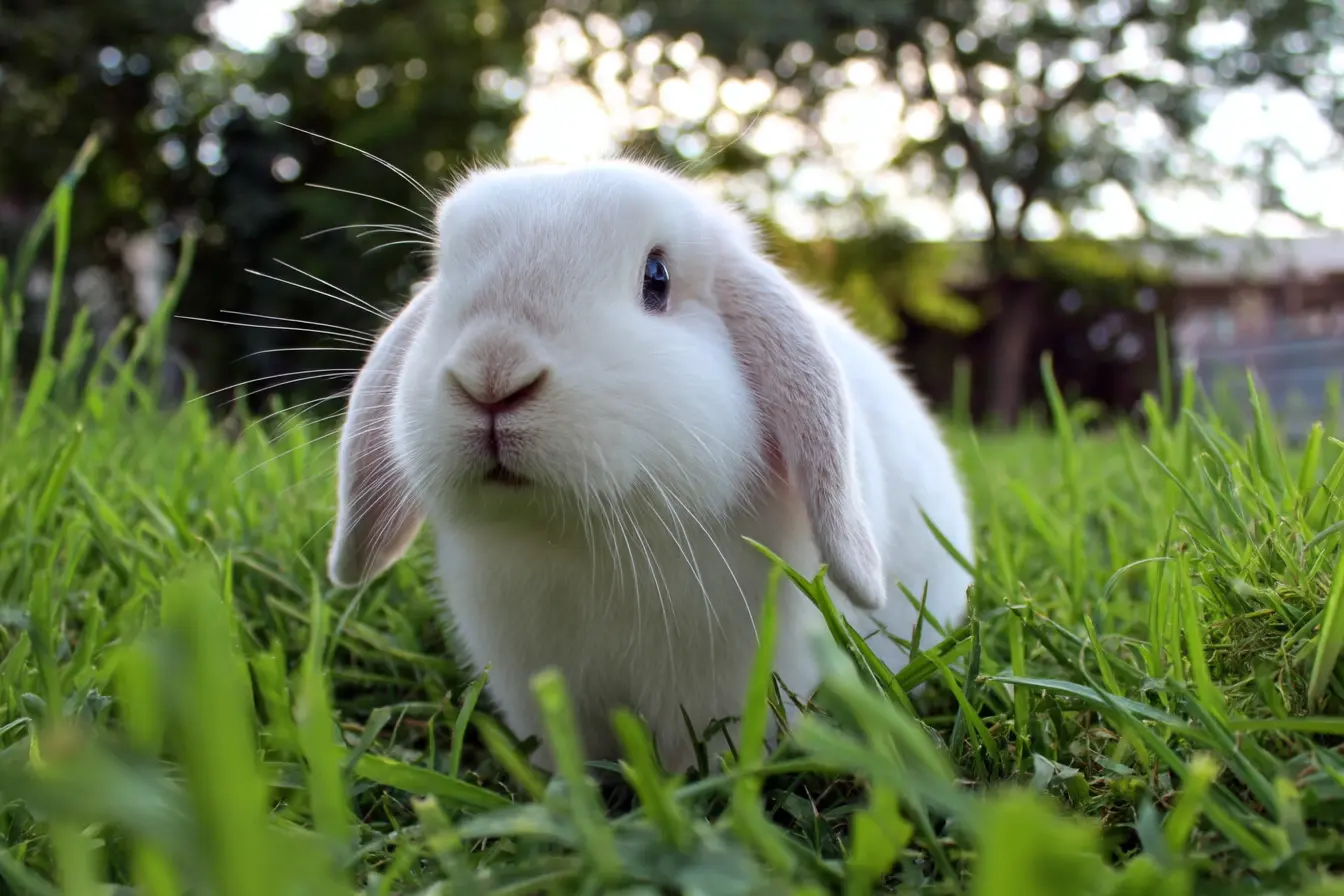
New Highly Virulent Strain of RVHD2 in Europe: What UK Rabbit Owners and Vets Should Know
A newly identified, highly virulent strain of Rabbit Viral Haemorrhagic Disease (RVHD2) is spreading in parts of Europe, raising important considerations for the health of domestic rabbits in the UK. With a high transmission rate and significant fatality risk, this new variant calls for timely awareness and updated prevention strategies among both rabbit owners and veterinary professionals.
What Is RVHD2 and Why Is This New Strain Different?
RVHD2 is a calicivirus that causes severe liver damage and internal bleeding in rabbits, often leading to sudden death. Unlike RVHD1, RVHD2 can affect rabbits of all ages and may show no visible symptoms before it becomes fatal.
The newly emerging Highly Virulent (HV) strain has been confirmed in countries such as France, the Netherlands, Hungary, and northern Italy. In some areas, it now accounts for over 50% of RVHD2 cases. The HV strain progresses faster and appears more lethal than the classical RVHD2 form.
How the Virus Spreads
RVHD2, including its HV variant, is extremely contagious. It can be transmitted through:
- Direct contact with infected rabbits
- Contaminated surfaces like hutches, food bowls, and clothing
- Insects, such as flies
- Indirect carriers including people, other pets, or vehicle tyres
The virus is environmentally stable and can persist for weeks, even on dry surfaces or in hay—posing a risk to indoor rabbits as well as outdoor ones.
Current Risk in the UK
Although the HV strain has not yet been officially confirmed in the UK, its presence in nearby countries suggests that spread to the UK is highly likely. Reports of sudden, unexplained rabbit deaths—such as those in Suffolk—have led experts to suspect the HV strain may already be circulating undetected.
Since signs of RVHD2 can be subtle or entirely absent, prevention is far more effective than trying to respond after symptoms appear.
Vaccination Is Key
Standard vaccination in the UK typically includes Nobivac Myxo-RHD Plus, which covers myxomatosis, RVHD1, and the classical form of RVHD2. However, this vaccine does not offer protection against the HV strain.
As of January 2025, a new vaccine targeting both classical and highly virulent RVHD2 strains has been licensed in the UK and is now available in veterinary practices.
Recommended approach:
- Administer the core vaccine (e.g. Nobivac Myxo-RHD Plus)
- Give the HV-specific vaccine at least two weeks later
- Provide booster vaccinations every six months, particularly in higher-risk areas or multi-rabbit households
This dual-vaccine strategy offers the most comprehensive protection currently available.
Additional Prevention Tips
In addition to vaccination, simple precautions can help reduce the risk of exposure:
- Clean and disinfect enclosures and accessories regularly
- Limit access to rabbit areas by insects using fine mesh
- Change shoes and outerwear after spending time outdoors or around wild rabbit habitats
- Quarantine new rabbits for a minimum of 14 days before introducing them to others
Take Preventive Steps Now
Proactive vaccination and hygiene practices offer the best defence against the HV strain of RVHD2. Whether you care for a single house rabbit or run a multi-rabbit practice, taking timely steps now can help safeguard the UK’s rabbit population before the virus gains a foothold.
Vets near you
Speciality vets
- Aquatics vet specialists
- Birds vet specialists
- Camelids vet specialists
- Cats vet specialists
- Cattle vet specialists
- Deer vet specialists
- Dogs vet specialists
- Equines vet specialists
- Exotic vet specialists
- Goats vet specialists
- Pigs vet specialists
- Poultry vet specialists
- Sheep vet specialists
- Small Mammals vet specialists
- Wild vet specialists
